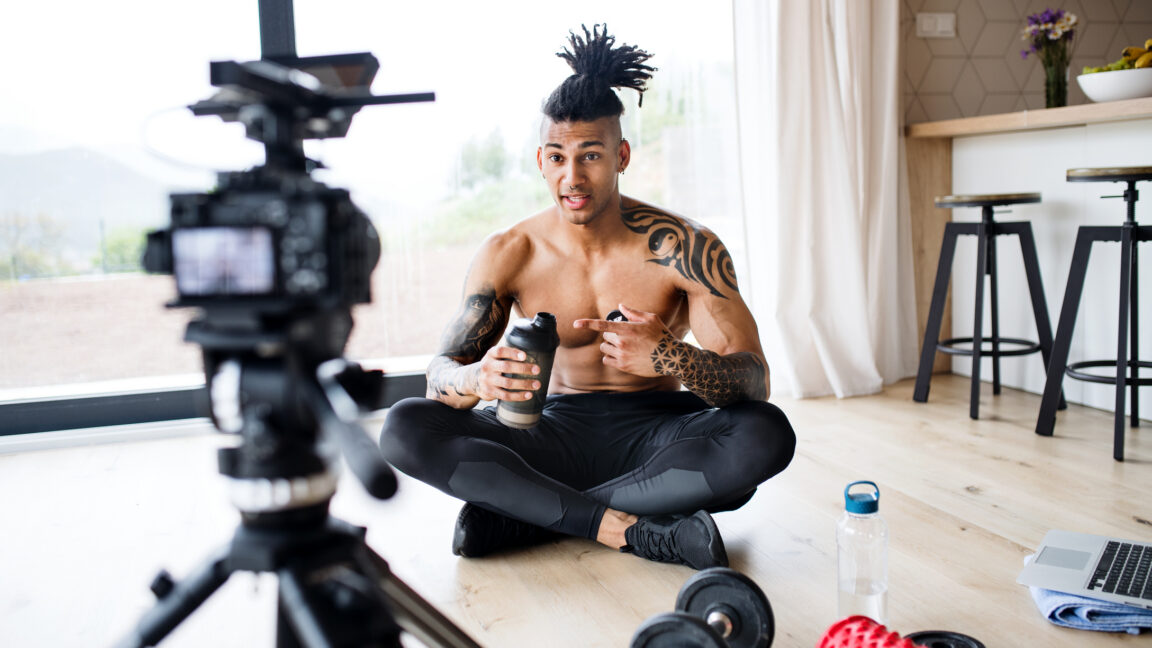
"Fitfluencers depend on their appearance as a kind of credential. A sculpted physique signals expertise in health and wellness. But engagement isn't just about how good someone looks on camera. It's about whether followers feel they can connect with them. This is where relatability comes in. Audiences connect with fitfluencers who feel like real, reachable versions of themselves. But extreme attractiveness does the opposite: It turns an attainable goal into an impossible ideal, and what should inspire instead alienates."
"This effect aligns with classic social comparison theory. People judge themselves in relation to others. If the gap between self and fitfluencer seems too wide, comparisons become discouraging, not motivating. In other words, the more "perfect" the fitfluencer looks, the less followers believe they can realistically be like them-and the less likely they are to engage. Social media platforms have been taking note. These days, TikTok, Snapchat, and other outlets build their appeal on candid, authentic content over polished, airbrushed imagery."
Fitfluencers depend on appearance as a credential; a sculpted physique signals health and wellness expertise. Engagement depends on followers' perceived ability to connect and view influencers as reachable. Relatability increases connection, while extreme attractiveness turns attainable goals into impossible ideals and alienates audiences. Social comparison processes make wide gaps discouraging rather than motivating. Social platforms emphasize candid, authentic content over polished imagery, making perfection a liability. Extreme attractiveness may attract attention but undermines connection, which drives influencer economy outcomes. Gender differences emerge, with highly attractive female fitness influencers facing stronger backlash than equally attractive men.
Read at Ars Technica
Unable to calculate read time
Collection
[
|
...
]